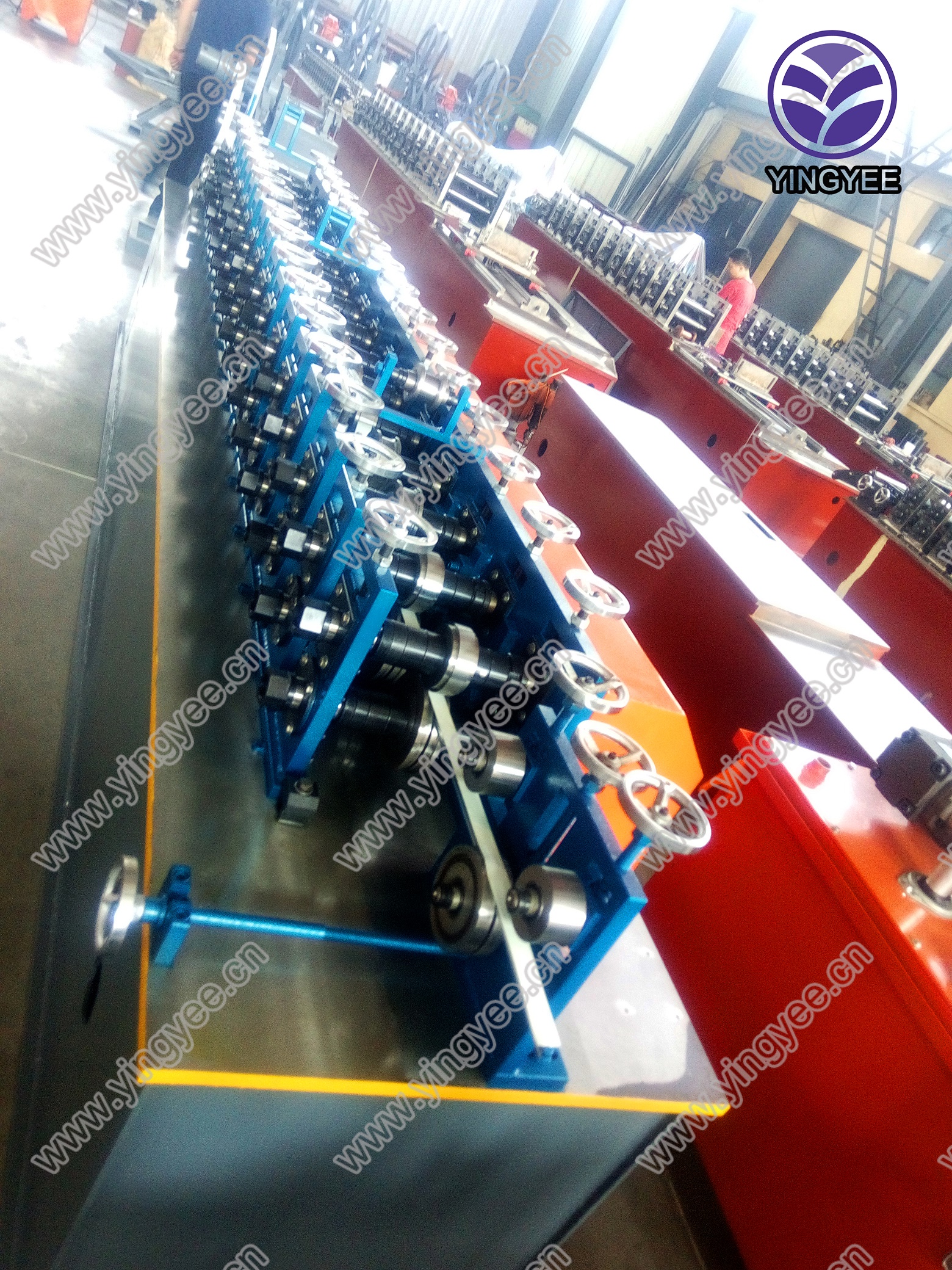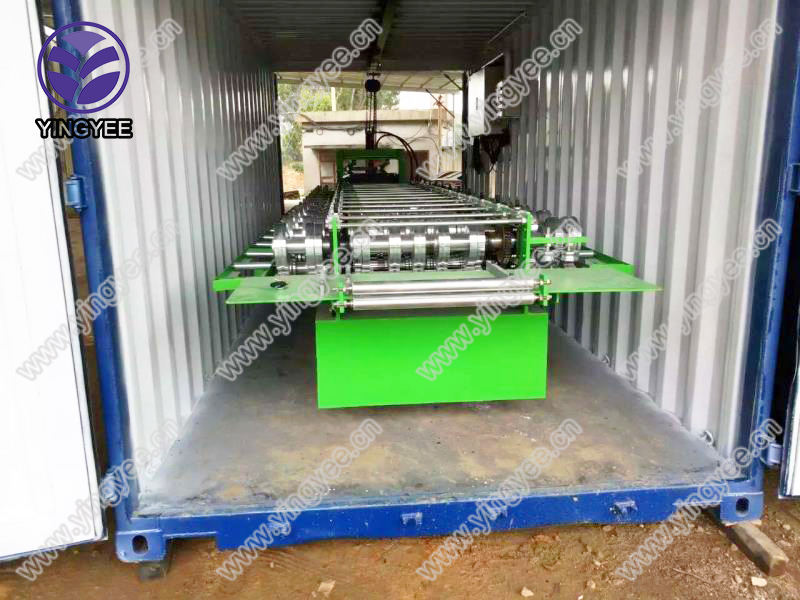
(round bar threading machine)
The evolution of industrial and construction equipment has brought the round bar threading machine
to the forefront as a vital technology for steel fabrication and rebar processing. Understanding the current trends within this product segment provides key insights into market direction, technological advances, and cost considerations. This article delves into data-driven analysis and real-world applications to help professionals make informed decisions about integrating these machines into their projects.
The demand for highly efficient and durable threading solutions has surged with the growth of infrastructure and manufacturing sectors across the globe. Companies are seeking equipment that not only offers precision and speed but also brings cost-effectiveness and adaptability into play. Navigating the landscape of bar threading machine price and technical performance is pivotal for contractors and manufacturers pursuing operational excellence.
This comprehensive overview leads you through statistical market insights, technical specifications, a comparative analysis of leading manufacturers, options for customization, and application cases—all interconnected to maximize clarity and practical relevance for industrial stakeholders.
Analyzing the round bar threading equipment sector reveals substantial growth in both volume and market value within recent years. According to Global Industry Reports (2023), the global bar threading machinery market reached an estimated value of USD 2.7 billion, projected to expand at a CAGR of 7.2% from 2024 to 2030. Asia-Pacific leads consumption, driven by China and India’s robust construction activities, accounting for 45% and 16% of total market share respectively.
Segmenting by type, fully automatic machines represent 58% of sales, while semi-automatic solutions maintain appeal due to lower upfront costs. Regional price variations are observed, with South-East Asian suppliers offering an average 18% cost advantage over European counterparts, primarily attributed to material sourcing and labor differences.
The current generation of threading machines demonstrates significant advancements in performance and reliability. Enhanced servo-driven feed systems, precision thread cutting heads, and smart electronic controls define the specifications underpinning today’s leading products. Notable features include:
Digital monitoring innovations enable predictive maintenance—minimizing unscheduled downtime. Energy efficiency improvements have shaved up to 20% off traditional power consumption benchmarks. These enhancements solidify the steel bar threading machine as an integral tool in fast-paced, quality-sensitive factory environments, ensuring consistent results under strenuous operating conditions.
Choosing between manufacturers is a pivotal step for purchasers, impacting both operational reliability and project economics. Below is a comparative data table featuring four of the industry’s prominent manufacturers, evaluating core specifications and cost-effectiveness.
| Manufacturer | Model | Threading Diameter (mm) | Max Thread Length (mm) | Production Speed (bars/hour) | Automation Level | Energy Consumption (kW) | Price Range (USD) | Warranty (years) |
|---|---|---|---|---|---|---|---|---|
| Dynaforge | RBT-400A | 16-40 | 150 | 45 | Full Automatic | 3.2 | 7,500 - 9,800 | 2 |
| Metallix | BT-36X | 16-36 | 120 | 40 | Semi-Automatic | 2.8 | 5,800 - 7,100 | 1 |
| Forgemax | RBTH-42 | 16-42 | 160 | 38 | Full Automatic | 3.5 | 8,200 - 10,500 | 3 |
| SteelTec | ST-BT320 | 14-32 | 110 | 32 | Semi-Automatic | 2.2 | 4,200 - 5,600 | 1 |
Analysis suggests Dynaforge and Forgemax models deliver the highest throughput and automation, though at a moderate price premium. Metallix and SteelTec, with semi-automatic systems, offer a competitive entry point for small-to-medium operations, making them attractive in markets where capital efficiency trumps sheer volume. Warranty duration and after-sales support are additional criteria that often sway procurement decisions for mission-critical projects.
No two projects are identical; thus, customized solutions in bar threading are frequently required. Leading OEMs provide a spectrum of personalization options, including:
Approximately 29% of machine orders in the last market survey were for some degree of bespoke engineering, reflecting the industry’s pivot towards specialized, value-added services. Manufacturers usually require a minimum order and an extended lead time for such configurations, but the resulting operational efficiency and compliance often justify the investment.
Real-world deployment of these machines spans high-rise construction, bridge fabrication, energy infrastructure, and pre-fabrication plants. Noteworthy application cases include:
These case studies illustrate the technology's profound impact on output, safety, and quality standards. In terms of sector distribution, the machinery’s penetration rate is currently highest in transport and energy infrastructure sectors (approx. 54% combined), with residential and commercial real estate applications growing steadily.
The future landscape for the round bar threading machine is marked by further advancements in automation, digital integration, and sustainable operation. As global infrastructure investment trends accelerate, the need for robust, adaptable threading solutions is set to rise sharply. The ongoing competition among manufacturers drives continuous innovation and value engineering, resulting in machines that better serve the varied needs of construction and manufacturing professionals.
Buyers evaluating bar threading machine price, technical fit, and after-sales resources benefit from a data-driven, comparative approach. With technological evolution and customization at the fore, the right machine can yield remarkable productivity gains and durable quality performance. Companies that prioritize total cost of ownership, reliability, and technical service will be best positioned to harness the full potential of today’s steel bar threading machine solutions.

(round bar threading machine)